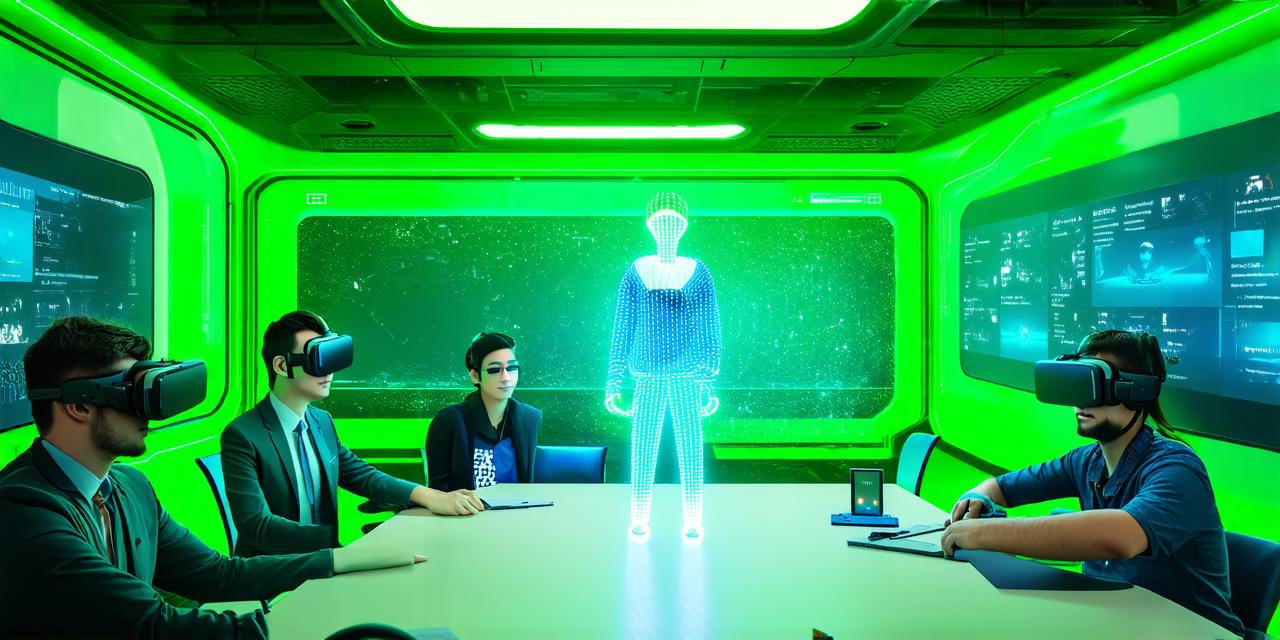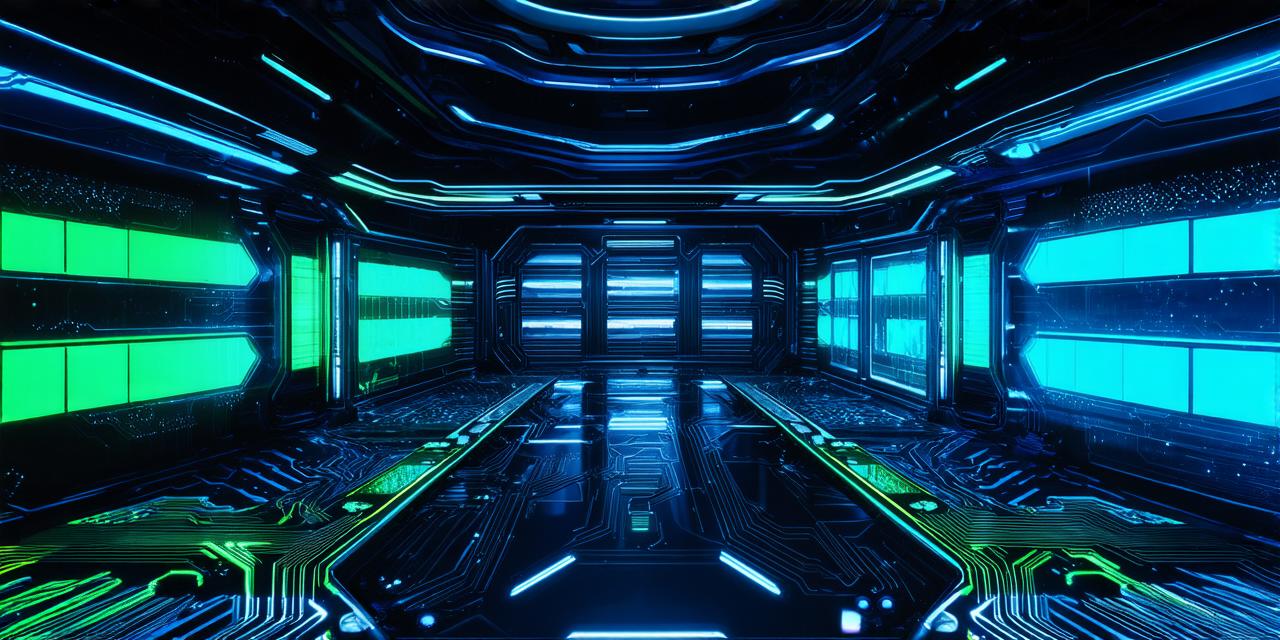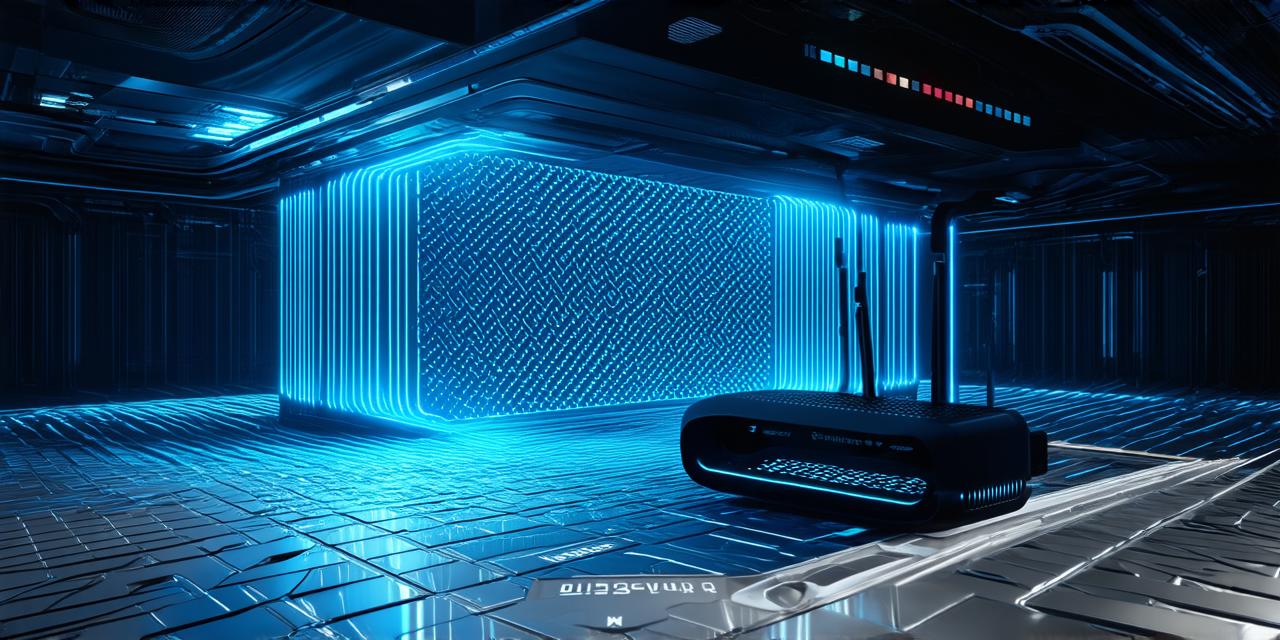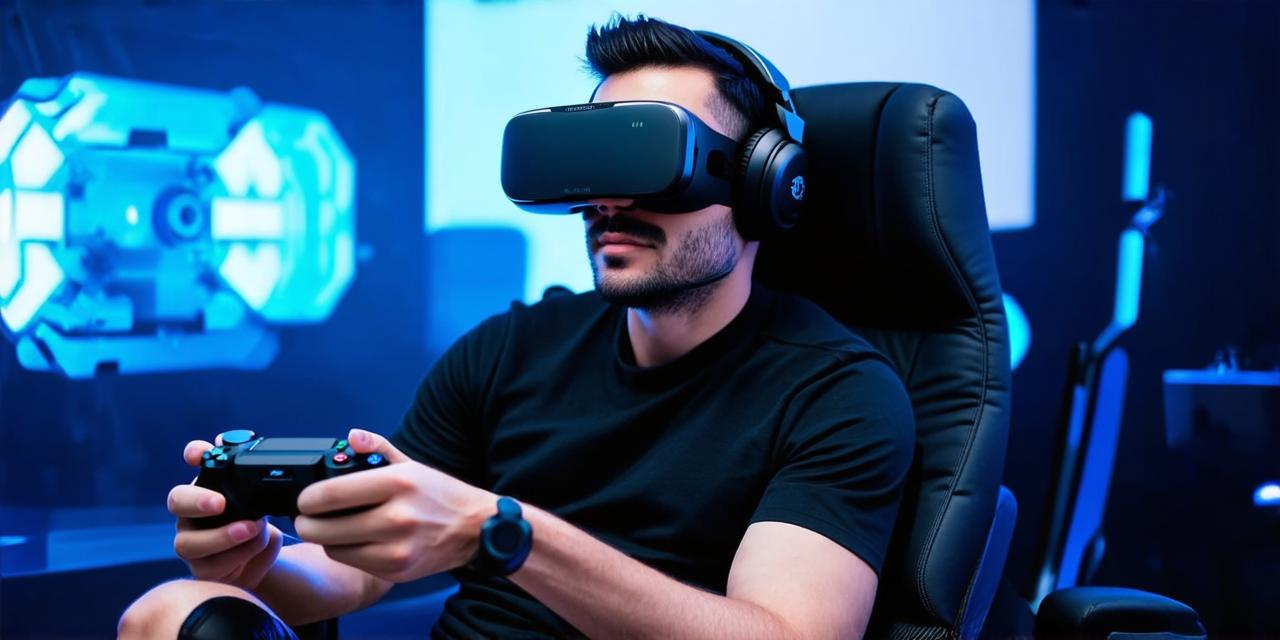Virtual reality (VR) is a rapidly growing technology that has been used in various fields, including education. VR provides an immersive and interactive environment where students can learn and explore new concepts in a safe and controlled manner. In this article, we will discuss how virtual reality is applied in educational settings and the benefits it offers.
Immersive Learning Experience
Virtual reality allows students to immerse themselves in a simulated environment that replicates real-world scenarios. This immersive learning experience enables students to gain a deeper understanding of complex concepts by allowing them to experience them firsthand. For example, VR can be used to simulate a field trip to a museum or historical site, where students can explore and interact with exhibits in a way that is not possible in a traditional classroom setting.
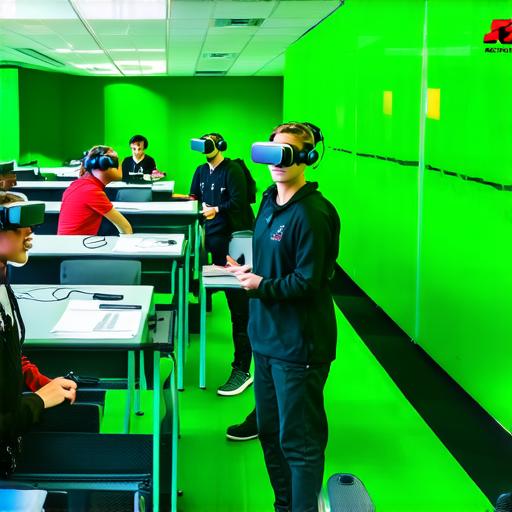
Interactive Learning Environment
Virtual reality provides an interactive learning environment where students can engage with the content in a more meaningful way. Students can interact with virtual objects and environments, providing them with hands-on experience that enhances their understanding of the subject matter. This interactive learning environment also allows for immediate feedback, which helps students identify areas where they need to improve and adjust their approach accordingly.
Safe and Controlled Environment
Virtual reality provides a safe and controlled environment where students can learn and explore new concepts without the risk of injury or harm. For example, VR can be used to simulate dangerous scenarios such as a fire emergency or a natural disaster, allowing students to practice their response in a safe and controlled environment. This not only enhances their understanding of the subject matter but also provides them with valuable life skills that they can apply in real-world situations.
Benefits of Virtual Reality in Education
Virtual reality has several benefits when applied in educational settings, including:
- Increased engagement and motivation
- Enhanced learning outcomes
- Improved retention and recall
- Development of valuable life skills
- Access to resources and experiences that may not be available in traditional classroom settings
Summary
Virtual reality is a powerful tool that can be used in educational settings to enhance the learning experience for students. By providing an immersive, interactive, and safe learning environment, VR can help students gain a deeper understanding of complex concepts and develop valuable life skills. As virtual reality technology continues to evolve, we can expect to see even more innovative applications in education in the future.
